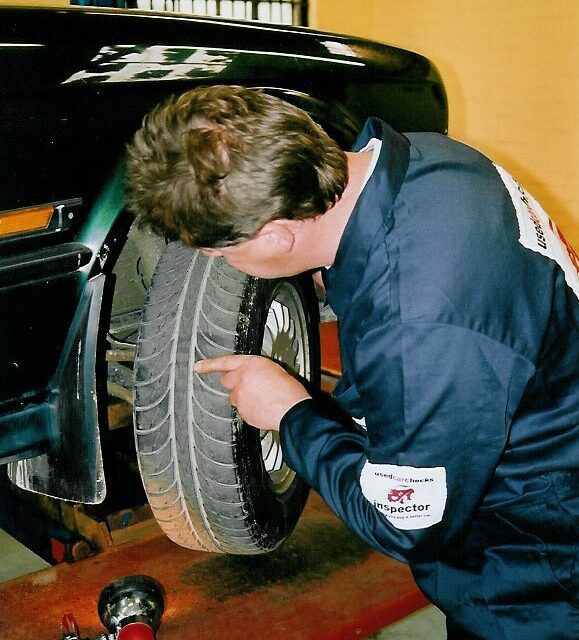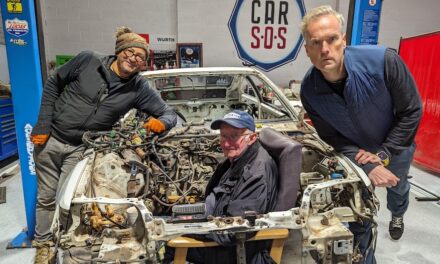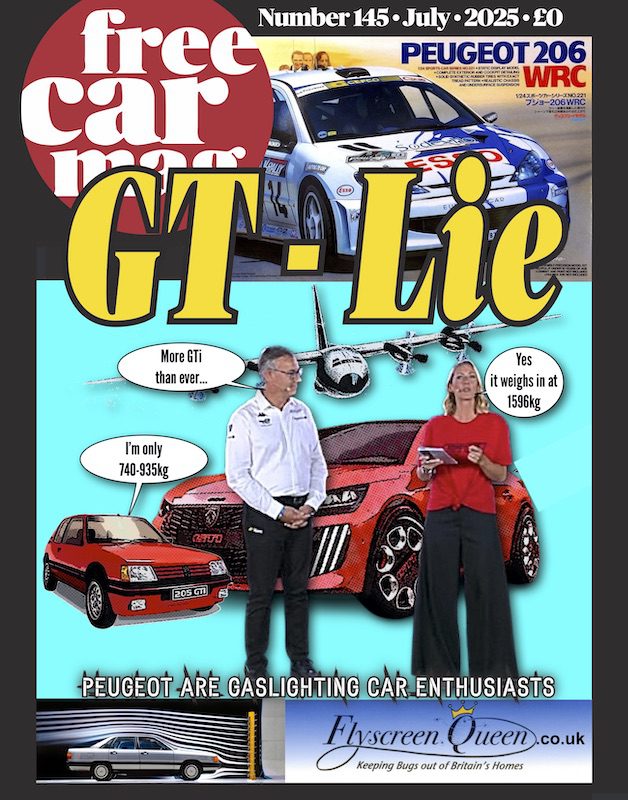Buying a car is a major life event, whichever way you look at it. You might be buying your first-ever vehicle, in the weeks before your first driving test. Your family might be expanding, and it might be time to upgrade to something fit for the morning school run. You might simply have the budget for something different!
Whatever your situation, buying used is an easy way to keep costs down, but can also be something of a double-edged sword. So what should you look out for before you buy a used car?
DVLA Information and Documents
Before you make any steps towards buying a used car of any condition or kind, you should ensure that it is exactly as described by the seller – and not just with regard to condition. Details about the car as recorded in its relevant documents should match up with DVLA information on the car – which is readily available to look up via the government portal. If the seller is unable to present a V5C in relation to the vehicle, this is a major cause for concern.
Without a V5c logbook, any information on the car’s service history is anecdotal, and information like model and colour cannot be corroborated. This could leave you open to receiving a car more damaged than you were anticipating, or even one that has been stolen. Reputable used car dealers local to you will naturally provide this information handily, making an essential point about used car purchases: private sellers are higher risk than accredited dealerships.
Warranty
Another argument for choosing a dealership over a private seller is the opportunity to avail yourself of a warranty agreement. Warranties are excellent for used vehicles, covering any costs brought on by breakdown or failure and eliminating the key concern around choosing a used car over a new one. If a dealer is content to give you a liberal warranty for a given car, this is a sign of trust – and a breath of fresh air for the more cautious car hunters out there.
Safety Features and Testing
With some of the less glamorous parts of car-buying addressed, you can now turn to the qualities of the vehicles you’re choosing between themselves. One of the leading considerations here, past the specific use case for your car, is safety. Are the safety features in the models you’re viewing comprehensive enough – and are they working?
You might avoid particularly old vehicles on account of less well-developed safety features. Newer cars have more sensor-based features, such as a rear camera for reversing and intelligent hazard-sensing, that may be worth a slight uplift to your budget. You should also inspect some essential things with your safety in mind, such as the amount of wear on the tyres and the state of the brakes.
With all this in mind, the last thing to do is to take it out for a spin. It is only on the road that some issues will become apparent, whether potential suspension or timing belt issues. If your test drive goes smoothly, then you may well have a winner on your hands.











